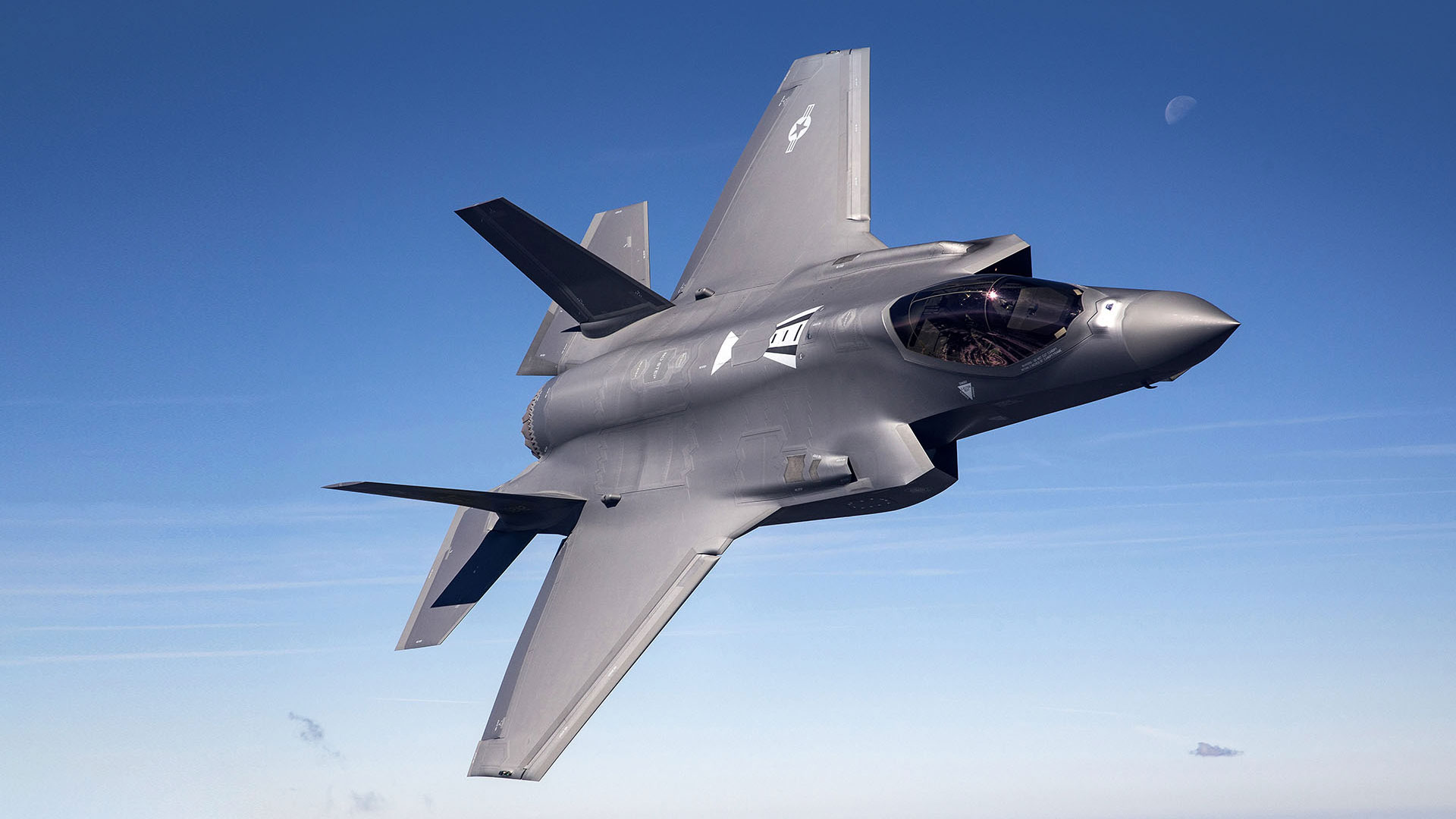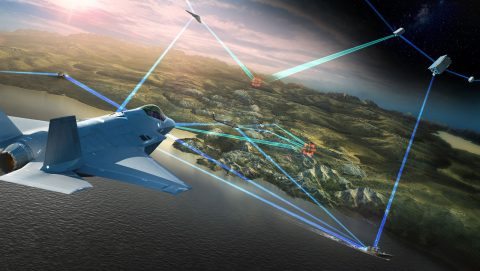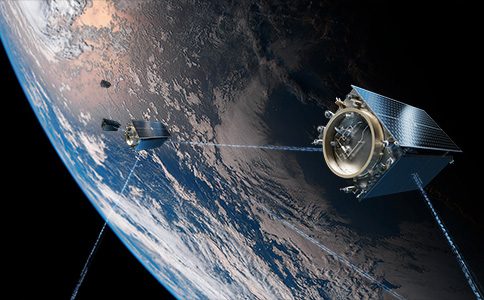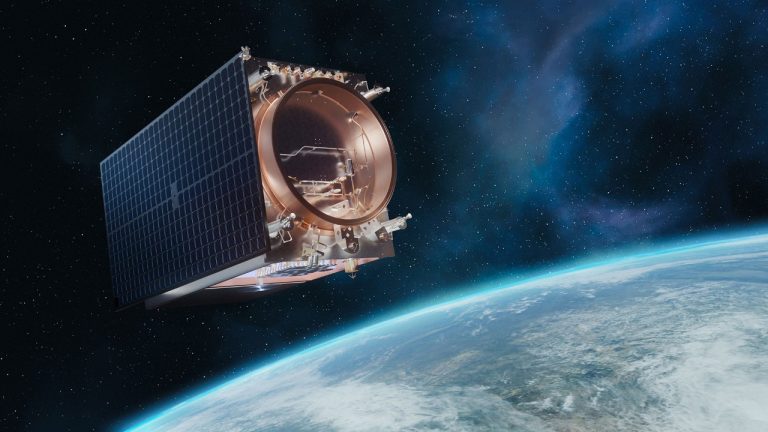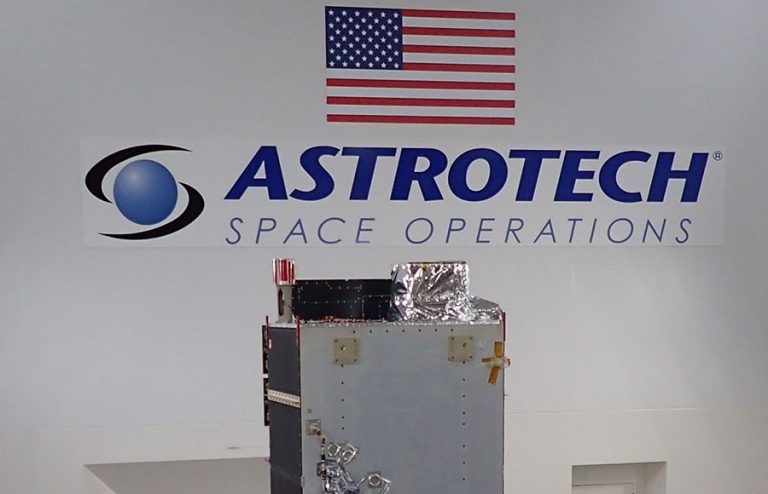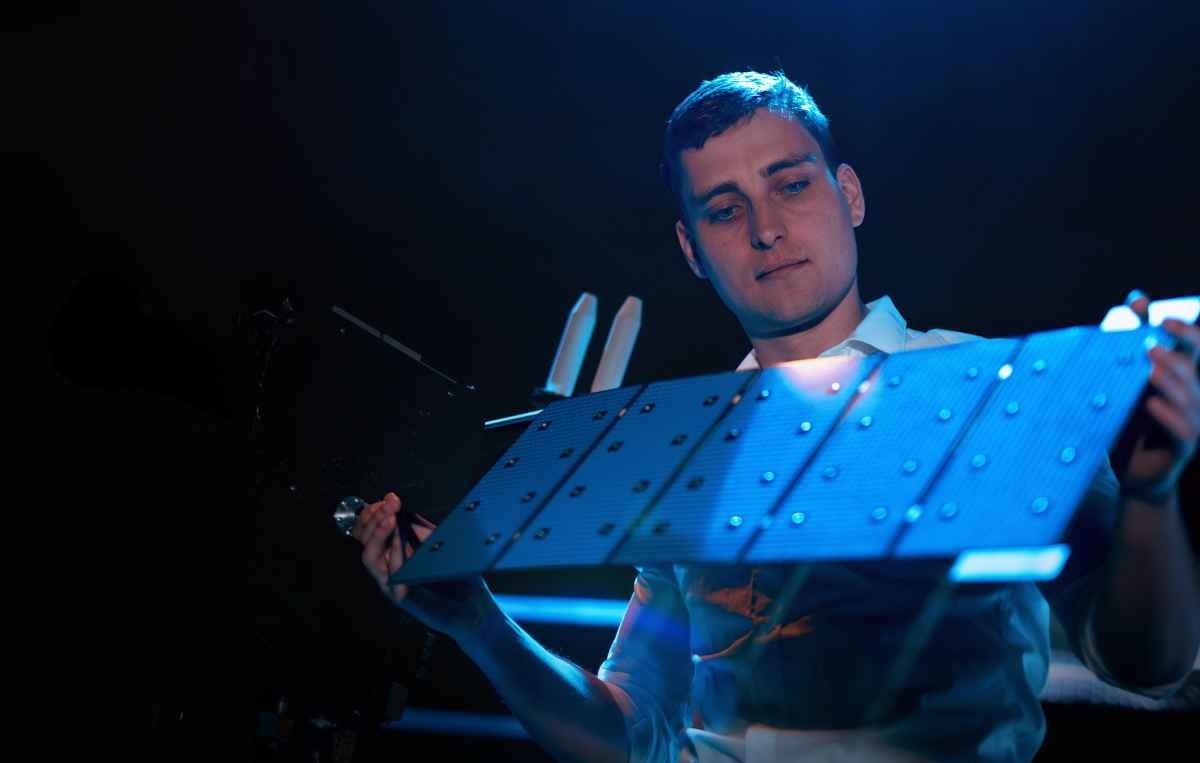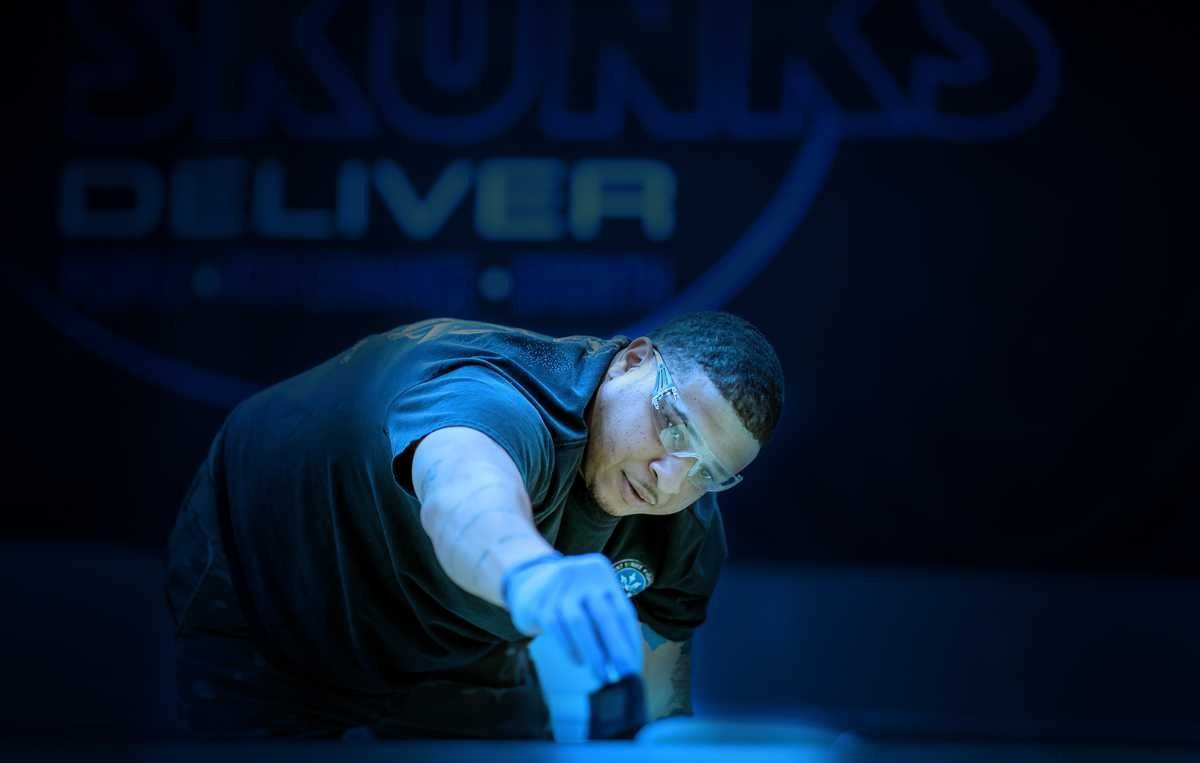Capable, Extensible and Affordable
The LM 400 is Lockheed Martin’s most flexible and capable satellite platform with multi-mission capabilities that can be tailored for almost any mission, including remote sensing, communications, imaging and radar.
Approximately the volume of your average home refrigerator and accommodating payloads up to 1,100kg, this mid-sized bus features exceptional propulsion and optimal operability in low Earth orbit (LEO), medium Earth orbit (MEO) and geosynchronous Earth orbit (GEO) compared to others in its class.
The demand for LM 400 plays an important role in the evolving Space industry. Space missions are adopting proliferated network architectures that use a multitude of smaller satellites in differing orbits to form a robust constellation, offering greater resilience in the face of threats or unforeseen anomalies. The LM 400 satellite platform provides a highly flexible bus foundation, resulting in rapid deployment at lower price points to help achieve the connectivity for data transport and missile warning and tracking operations.
Lockheed Martin’s highly qualified workforce and state-of-the-art facilities enable the LM 400 to be designed, built and delivered to a variety of needs. Our rapid production line is being stood up in our $350M Gateway Center in Waterton, Colorado. This new state-of-the art, 266,000 sq. ft. manufacturing facility is capable of producing next generation satellites of any size and accommodating multiple classification levels.

Capability

Scalability
Each LM 400 satellite bus can be designed to meet specific customer needs allowing for mission-unique customization for solo or constellation missions at LEO, MEO and GEO

Producibility
Lockheed Martin's Suite of Satellite Platforms
A family of scalable satellite bus platforms to suit your mission needs ─ designed, built and tested with the expertise you’ve come to expect.
Mission-Unique Designs Leverage a Common Backbone - The LM 400 satellite platform family includes a subset of structural design options to pair with mission needs, including power, redundancy, pointing accuracy, agility and more.
On-Board Processing – With SmartSat™, Lockheed Martin’s software-defined satellite architecture, the LM 400 has the ability to perform onboard data processing, greatly reducing the time it takes to get actionable data into the hands of mission operators and decision makers on the ground.
Multi-Domain Operations – The LM 400 satellite bus is the connector that enables Combined Joint All-Domain Command and Control (CJADC2), which connects domains for modernized deterrence. It conforms to Modular Open Systems Architecture (MOSA) for interoperability with other platforms from all the services by enabling our military to make informed decisions with greater speed and accuracy.
Launch Provider Flexibility – The LM 400 is compatible with multiple launch providers, including single and multi-launch options.
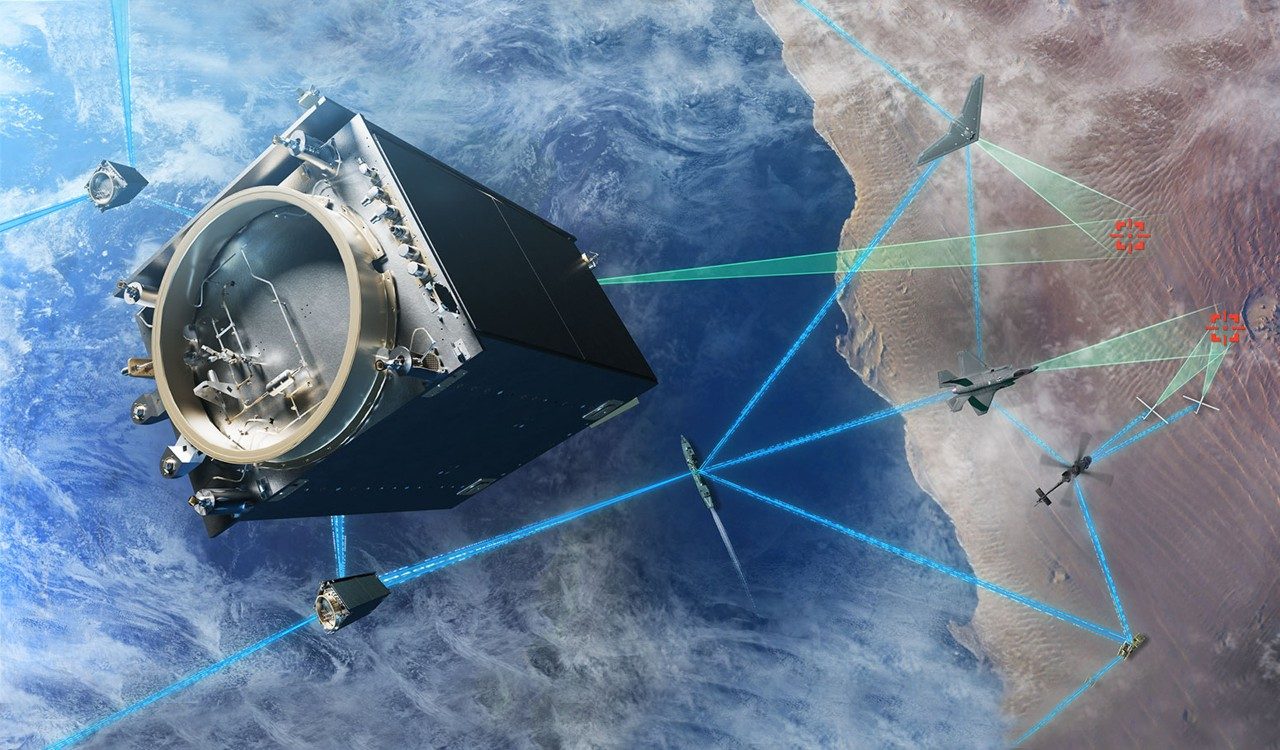
Want to Learn More?
The versatile LM 400 satellite platform could be a great fit for your mission. Please complete this form and one of our technical experts will assist you.
We're engineering a better tomorrow.
Your individual skills play a critical role in changing the way the world works and helping us develop products that make it a safer place to achieve your goals. Our teams are made up of diverse employees from a wide range of disciplines and backgrounds, working together to tackle complex challenges and push the boundaries of innovation.
Explore our skill areas to find the right opportunity for you.


